Split Air Conditioner Electricity Consumption: A Complete Guide
Split air conditioners are widely favored for their quiet operation, energy efficiency, and reliable performance. But one question most homeowners and business users ask is: “How much electricity does a split air conditioner consume?” Understanding split air conditioner electricity consumption is key to estimating running costs, comparing models, and optimizing efficiency.
In this comprehensive guide, we’ll break down how split ACs consume electricity, what factors affect their power usage, how to calculate their energy cost, and offer practical tips to reduce your power bill while staying cool (or warm).
What Is Electricity Consumption in a Split Air Conditioner?
Electricity consumption refers to the amount of electrical energy used by the air conditioner during operation, measured in kilowatt-hours (kWh). A split system air conditioner typically consumes electricity to power:
- The compressor (located in the outdoor unit)
- The evaporator fan (indoor unit)
- The condenser fan (outdoor unit)
- Electronics such as thermostats, sensors, and circuit boards
Most of the power draw comes from the compressor, especially during startup or peak load. Inverter models regulate compressor speed based on temperature demand, consuming significantly less power than traditional on/off (fixed-speed) systems.
Average Electricity Consumption by Capacity
The energy consumption of a split air conditioner depends heavily on its capacity, usually measured in British Thermal Units (BTU) or tons. Here’s a general guide to hourly consumption for standard models:
| Capacity | Power Consumption (per hour) | Estimated Monthly Use (8 hrs/day) |
|---|---|---|
| 1 Ton (12,000 BTU) | 0.8 – 1.2 kWh | 192 – 288 kWh |
| 1.5 Ton (18,000 BTU) | 1.2 – 1.8 kWh | 288 – 432 kWh |
| 2 Ton (24,000 BTU) | 1.8 – 2.5 kWh | 432 – 600 kWh |
Note: Inverter ACs can reduce consumption by 30–50% compared to fixed-speed models, especially during part-load operation.
Key Factors That Affect Split AC Electricity Consumption
Several variables influence how much electricity your split air conditioner uses:
1. AC Type: Inverter vs Non-Inverter
- Inverter AC: Modulates compressor speed to maintain stable temperature, reducing energy use.
- Non-Inverter AC: Turns the compressor on/off repeatedly, causing higher spikes in consumption.
2. Star Rating or SEER (Seasonal Energy Efficiency Ratio)
- Higher SEER rating = greater efficiency = lower electricity bills.
- ENERGY STAR certified models offer optimal performance with minimal power draw.
3. Usage Duration and Temperature Setting
- More hours = more kWh. Keeping AC at lower temps (e.g., 68°F) uses more power than 75°F.
4. Room Size and Insulation
- Large rooms or poorly insulated spaces require more energy to cool effectively.
5. Outdoor Climate Conditions
- Extreme heat or humidity makes the compressor work harder, increasing consumption.
6. Maintenance and Filter Cleanliness
- Dirty filters reduce airflow and force the unit to consume more power to achieve the same cooling effect.
How to Calculate Electricity Cost of Your Split AC
Here’s a simple formula to estimate your monthly cost:
Example:
- 1.5 Ton Split AC (approx. 1.5 kW)
- Usage: 8 hours/day
- Electricity Rate: $0.15 per kWh
Monthly Consumption: 1.5 × 8 × 30 = 360 kWh
Monthly Cost: 360 × $0.15 = $54
Inverter units operating at partial load could reduce this by 25–40%.
Tips to Reduce Electricity Consumption
Here are practical ways to make your split air conditioner more energy-efficient:
- Set temperature at 75–78°F (24–26°C) instead of extremely cold settings
- Use the “Eco” or “Sleep” mode for minimal power draw
- Install programmable thermostats or smart controllers
- Clean filters monthly to maintain airflow and system efficiency
- Ensure proper insulation of doors, windows, and walls
- Schedule professional maintenance at least once a year
- Use ceiling fans in conjunction with the AC to improve circulation and reduce compressor load
Inverter Technology and Long-Term Savings
If you’re considering a new AC unit, opt for an inverter-based system. Though they cost more upfront, inverter models can save hundreds of dollars annually on electricity bills. Over 5–10 years, the energy savings can offset the price difference and extend the unit’s life.
FAQs About Split AC Power Usage
Q1: Does turning the AC on and off frequently save power?
A: No. This actually uses more electricity as the compressor must restart from zero each time. Inverter systems avoid this by running at lower speeds continuously.
Q2: Are smaller AC units more energy-efficient?
A: Not always. An undersized unit will run longer and harder to cool the room, increasing consumption. Always match the AC size to your room’s dimensions.
Q3: Can solar power run a split AC?
A: Yes. A typical 1.5 ton AC can run on a well-sized solar system with a proper inverter and battery backup. It’s an excellent way to offset consumption.
Conclusion
Split air conditioner electricity consumption depends on various factors, including AC size, technology (inverter vs non-inverter), room insulation, and usage habits. By understanding how your AC consumes power and applying smart usage strategies, you can enjoy optimal indoor comfort while minimizing your electricity bill.
If you’re shopping for a new AC system, prioritize models with high SEER ratings, inverter technology, and ENERGY STAR certification. With smart operation and regular maintenance, your split AC can provide powerful and cost-effective cooling for many years to come.



